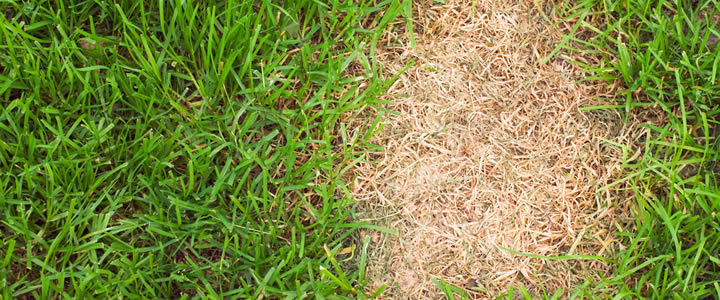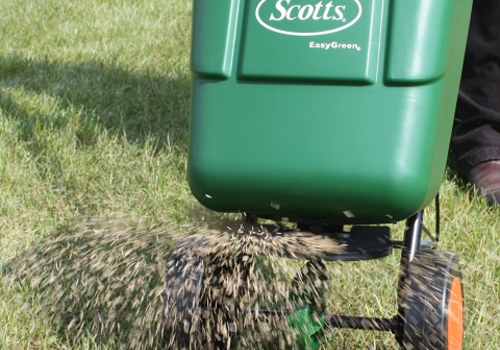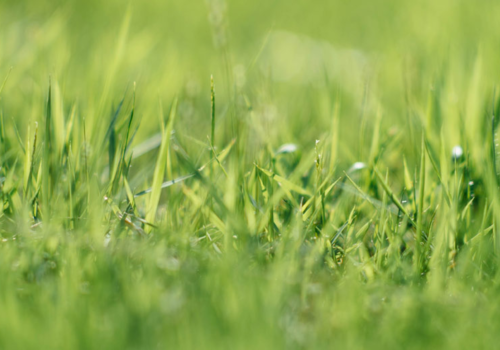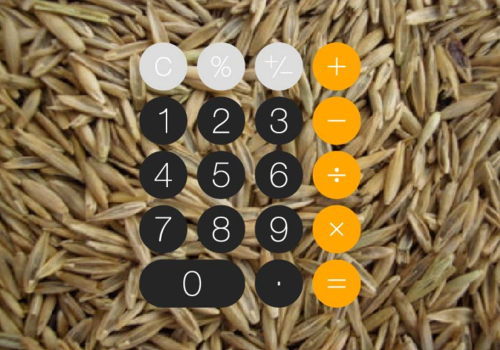
Even a lawn that has been cared for can suffer from diseases. Here is our guide to the most common diseases that can affect your lawn.
Common lawn diseases and causes
Lawn Rust
Lawn rust is a yellow, powdery substance on the surface of the grass leaves. It most often strikes in moderate temperatures, after periods of drought, so look out for it in the late summer or early autumn. To treat it, make sure there is a good supply of nitrogen in the turf by feeding with a nitrogen-rich fertiliser such as BS Premium Spring & Summer Lawn Fertiliser. This will promote growth and the disease can then be mowed out, making sure clippings are removed to prevent the fungus from spreading.
Mildew
Another powdery pest is mildew, which is common in dry or shady areas. It appears as a white colouring on the grass leaves, but is easily treated by treating with the appropriate granular lawn fertiliser for the season.
Red Thread & Pink Patch
Red thread thrives in humid conditions, most often from May onwards. Red thread fungus is extremely common and kills the grass leaves, but not the plant itself. From a distance, the lawn will take on a blotchy appearance and if you inspect closely, you will see tiny pink threads on the leaves. It is often accompanied by another disease called pink patch. This shows up as tiny blobs that look like candy floss. The remedy, as with many lawn problems, is to use BS Spring and Summer Fertiliser to promote growth. This means you can mow out the problem and remove all clippings so the fungus cannot spread.
Lichens
Lichens are a combination of plant and fungus. They resist most chemical treatments, so treat the cause of the problem rather than the symptom. This is usually dry, compacted soil, heavy thatch and poor nutrition. In the worst cases, the lawn will need to be completely reseeded.
Fairy Rings
Fairy rings are rings of dead grass bordered by a healthy growth of green grass. They show up because the ground beneath is hard and colonised by moss or toadstools. The fungus causes the soil to become water repellent, which kills the grass plants. Treat them by spiking the lawn to aerate it and water it well. You will need to fertilise and overseed the area quickly, because once the area becomes viable again, the weeds will soon set in.


